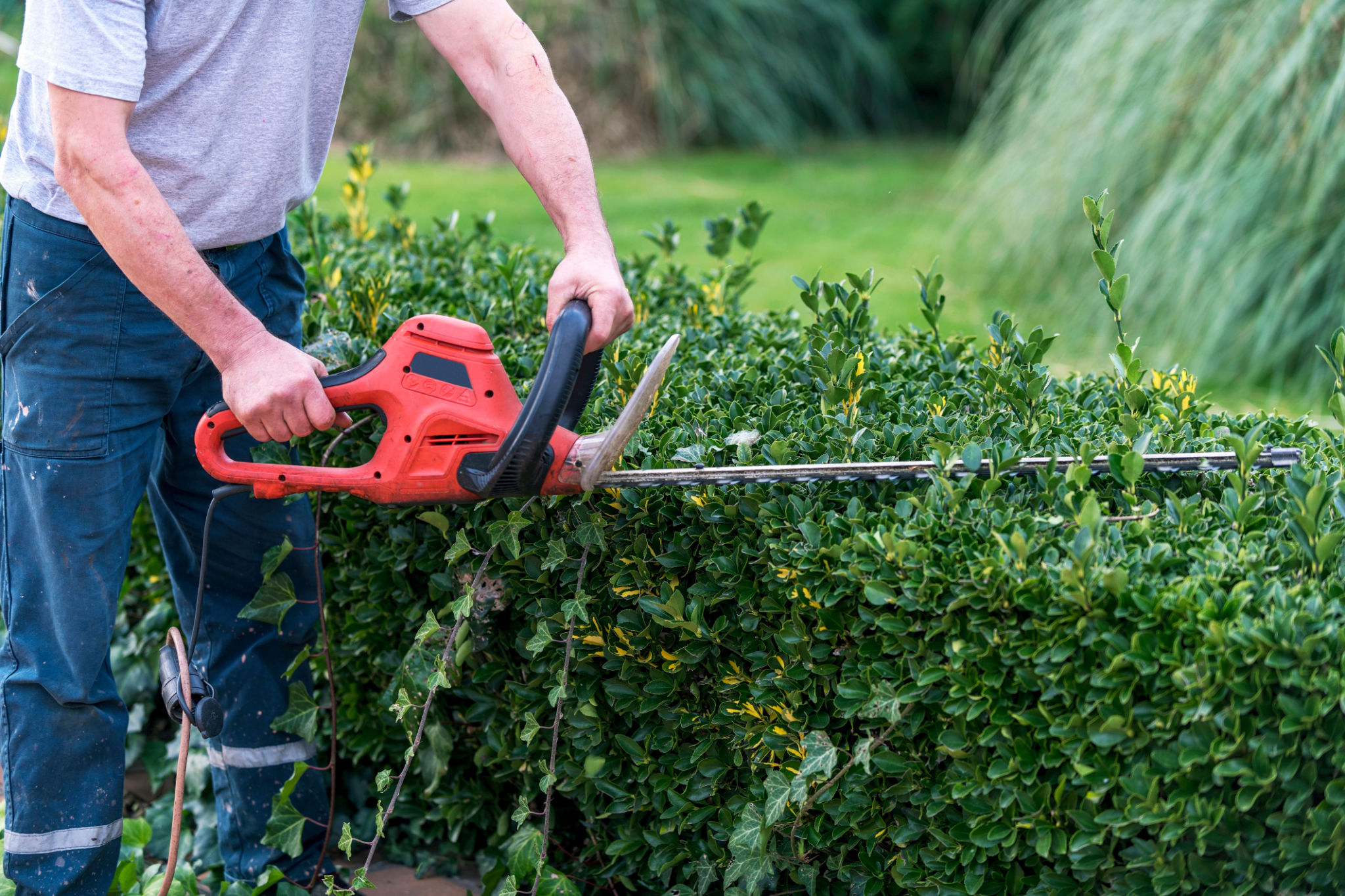DIY Electronics Fixes: When to Try and When to Call the Pros
Understanding DIY Electronics Fixes
Tackling electronics repairs by yourself can be a rewarding and cost-effective endeavor. With the right tools and a bit of patience, many simple fixes can be executed at home. However, it's crucial to know the limits of your expertise to avoid causing further damage or compromising safety.

DIY electronics repairs can range from replacing a cracked smartphone screen to fixing a malfunctioning laptop keyboard. These tasks often require only basic tools and instructional guides available online. However, before diving into any repair, assess the complexity of the problem and the potential risks involved.
When to Try DIY Fixes
Simple Repairs
Some repairs are straightforward, such as replacing a smartphone battery or upgrading RAM in a computer. These tasks typically involve minimal disassembly and are well-documented through online tutorials.
- Follow step-by-step guides carefully.
- Use appropriate tools to avoid damage.
- Ensure the device is powered off and disconnected from any power source.

Cost-Effective Solutions
If the cost of professional repair is high compared to the value of the device, attempting a DIY fix might make more sense. For instance, fixing minor issues on older gadgets can extend their lifespan without significant investment.
When to Call the Professionals
Complex Repairs
For intricate issues like motherboard failures or advanced soldering tasks, it's wise to consult professionals. These problems often require specialized equipment and expertise that go beyond typical DIY capabilities.
- Identify if the issue involves complex circuitry.
- Consider potential hazards such as electric shock.
- Evaluate if professional intervention could prevent further issues.

Warranty and Safety Concerns
If your device is still under warranty, attempting repairs on your own could void it. Manufacturers typically provide specific guidelines for authorized repairs, so it's best to let professionals handle any issues in such cases.
Additionally, safety should always be a top priority. If you're unsure about any repair step, especially those involving power circuits, consulting an expert is the safest choice.
The Right Approach to DIY and Professional Repairs
Striking a balance between DIY and professional repairs is key to maintaining your electronics efficiently. Start by evaluating the complexity, cost, and potential risks associated with each repair task. By knowing when to tackle a fix yourself and when to seek professional help, you can ensure both safety and functionality for your electronic devices.
